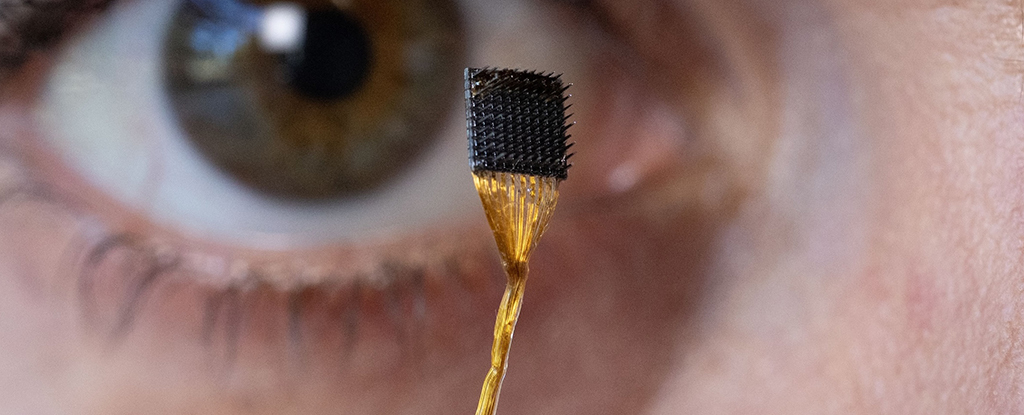Researchers have made groundbreaking advancements in brain-computer interface (BCI) technology, developing a system capable of translating thoughts into speech. This innovative inner speech decoder, created by a collaborative team from various institutions in the United States, achieved an impressive accuracy rate of up to 74 percent in preliminary tests involving four volunteers with severe paralysis.
The potential applications for this technology are significant, offering new avenues for individuals with speech or motor impairments to communicate more effectively. While the system shows promise, further improvements are necessary to enhance its precision and personalizability.
Previous BCIs primarily focused on interpreting brain activity generated when a paralyzed individual attempts to speak or write. In contrast, this new approach aims to decode thoughts directly, moving closer to the source of communication. According to Benyamin Meschede-Krasa, a neuroscientist at Stanford University, “If you just have to think about speech instead of actually trying to speak, it’s potentially easier and faster for people.”
How the Technology Works
The new BCI relies on an implant designed to measure neural activity and identify patterns associated with phonemes, the basic units of speech. Through machine learning techniques, the system was trained to associate brain signals with words as participants thought about them, specifically targeting the motor cortex, which governs movement, including speaking.
Researchers discovered that certain brain patterns overlapped when volunteers attempted to speak, which involved muscle engagement, and when they merely imagined words and phrases without physical articulation. Although there was some overlap, the signals could still be differentiated. Using probability calculations related to common phoneme pairings, the BCI can recognize up to 125,000 words based solely on inner speech.
Frank Willett, a neuroscientist at Stanford University, noted, “These patterns appeared to be a similar, but smaller, version of the activity patterns evoked by attempted speech. We found that we could decode these signals well enough to demonstrate a proof of principle, although still not as well as we could with attempted speech.”
Challenges and Future Directions
Despite achieving a maximum accuracy of 74 percent, the BCI often fell short of this benchmark during tests. Researchers are optimistic that by upgrading implant technology and mapping additional brain areas for thought cues, enhancements can be made in the coming years.
Another crucial aspect to address is the risk of translating and vocalizing private inner thoughts. To mitigate this issue, the team suggests implementing safeguards, such as requiring users to think of a special password to initiate and halt decoding. In initial trials, this method achieved an accuracy of 98 percent.
The field of BCI technology is witnessing significant progress. Earlier this year, another study focused on real-time thought decoding tailored to a single individual was published, underlining the rapid advancements in this area.
“The future of BCIs is bright,” Willett stated. “This work gives real hope that speech BCIs can one day restore communication that is as fluent, natural, and comfortable as conversational speech.” The research findings were published in the journal Cell, marking a notable step forward in the quest to enhance communication for individuals facing severe challenges.





























































